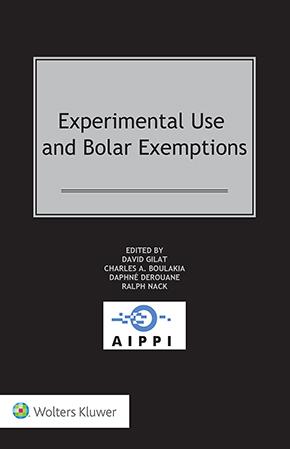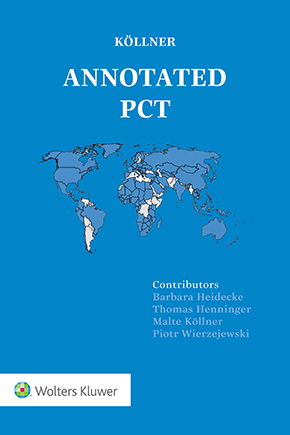Doctrine of equivalence: most recent decision
March 2, 2015
The German Bundesgerichtshof has issued a decision (X ZR 41/13) called “Quetiapin” which discusses a fundamental question of the Patent Law, i.e. the definition of the “technical problem” underlying an invention. The claim of the European Patent under discussion concerned a sustained release formulation. The Patent Court had nullified the (German part of the) patent and the Bundesgerichtshof has rejected the appeal which the patent owner had filed against the first instance Patent Court’s decision. The Bundesgerichtshof took the opportunity of this case to address the definition of the technical problem. The court admonishes that not necessarily one has to look to the “object” which is described in the patent specification. An invention can concern different technical problems and in such a constellation all these problems are to be looked upon, if one wants to properly evaluate the validity of a patent. Any of the several different technical problems can be a starting point for the person skilled in the art to arrive at the claimed invention without being inventive. The Bundesgerichtshof further underlines that the definition of the technical problem underlying an invention does not have the purpose to come to a preliminary view on the question of patentability. This is the reason why elements which belong to the patented solution must not be considered for the definition. For the same reason it is not admissible to simply assume that the person skilled in the art would have addressed a “certain problem”.
by Bernward Zollner
You may also like














DXT
Does not the BGH state without saying so, what is actually understood under "objective" problem when it comes to apply the problem-solution-approach? The plurality of problems sounds also very much the same as what is known under "partial problems" in EPO practice.